254 SACD / Gustav Mahler: Symphony no. 9
Description
This is not the ninth 5th, but still the fifth 9th symphony by András Keller and his Concerto Budapest on TACET! After Bruckner, Dvořák, Shostakovich and Schubert (it now counts as the 8th), now Mahler. An impressive testament to the range of this unusual orchestra and its unique conductor. Certainly there are countless other recordings, also very good, of these last finished symphonies of great composers. However, I find that Keller's interpretations, with his unconditional will to express in detail, can compete with any, even the best known. What has not been available before are recordings of them in TACET Real Surround Sound, which brings to light previously hidden beauties and places the listener in the middle of the music. This allows you to hear these works in a completely new way.
4 reviews for 254 SACD / Gustav Mahler: Symphony no. 9
You must be logged in to post a review.

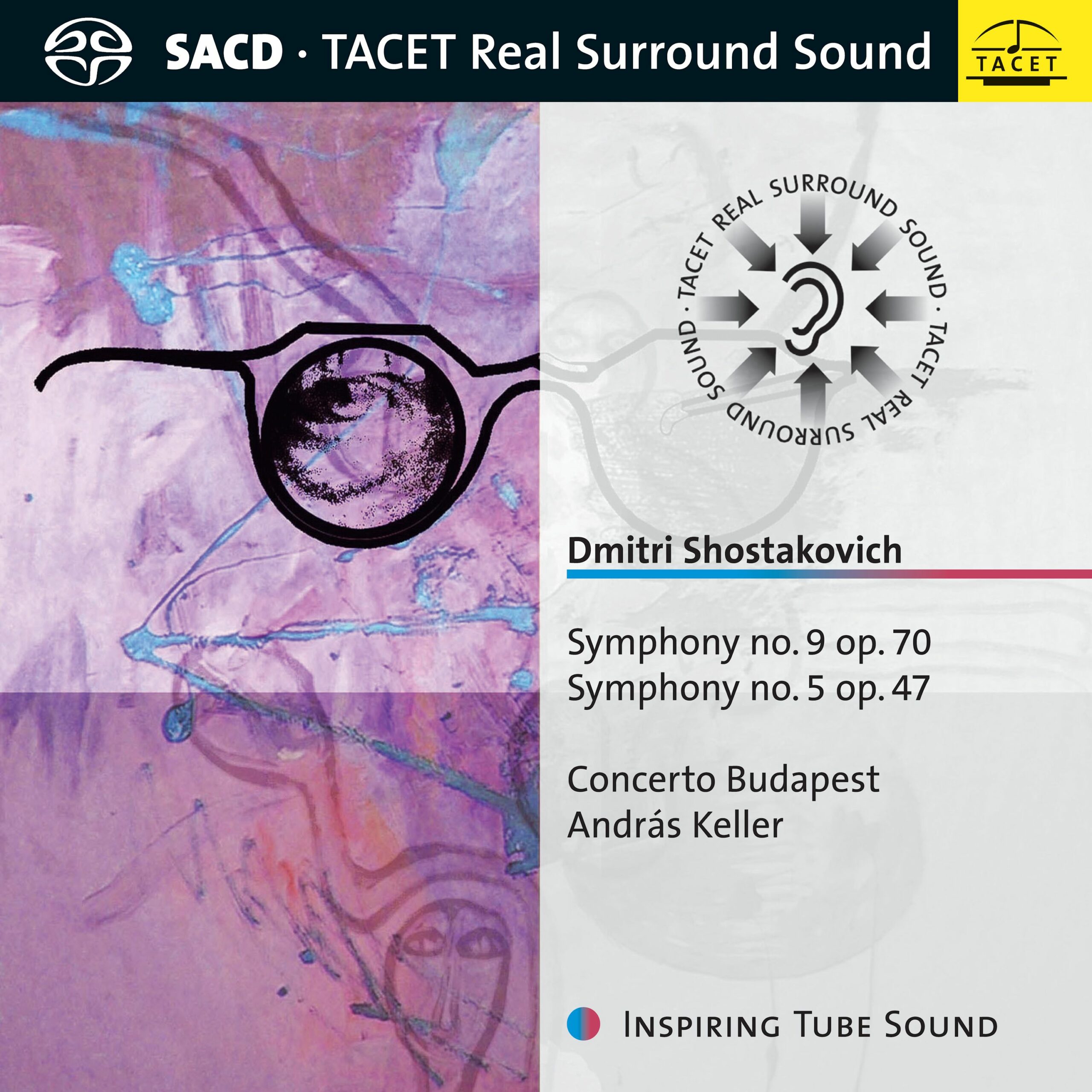
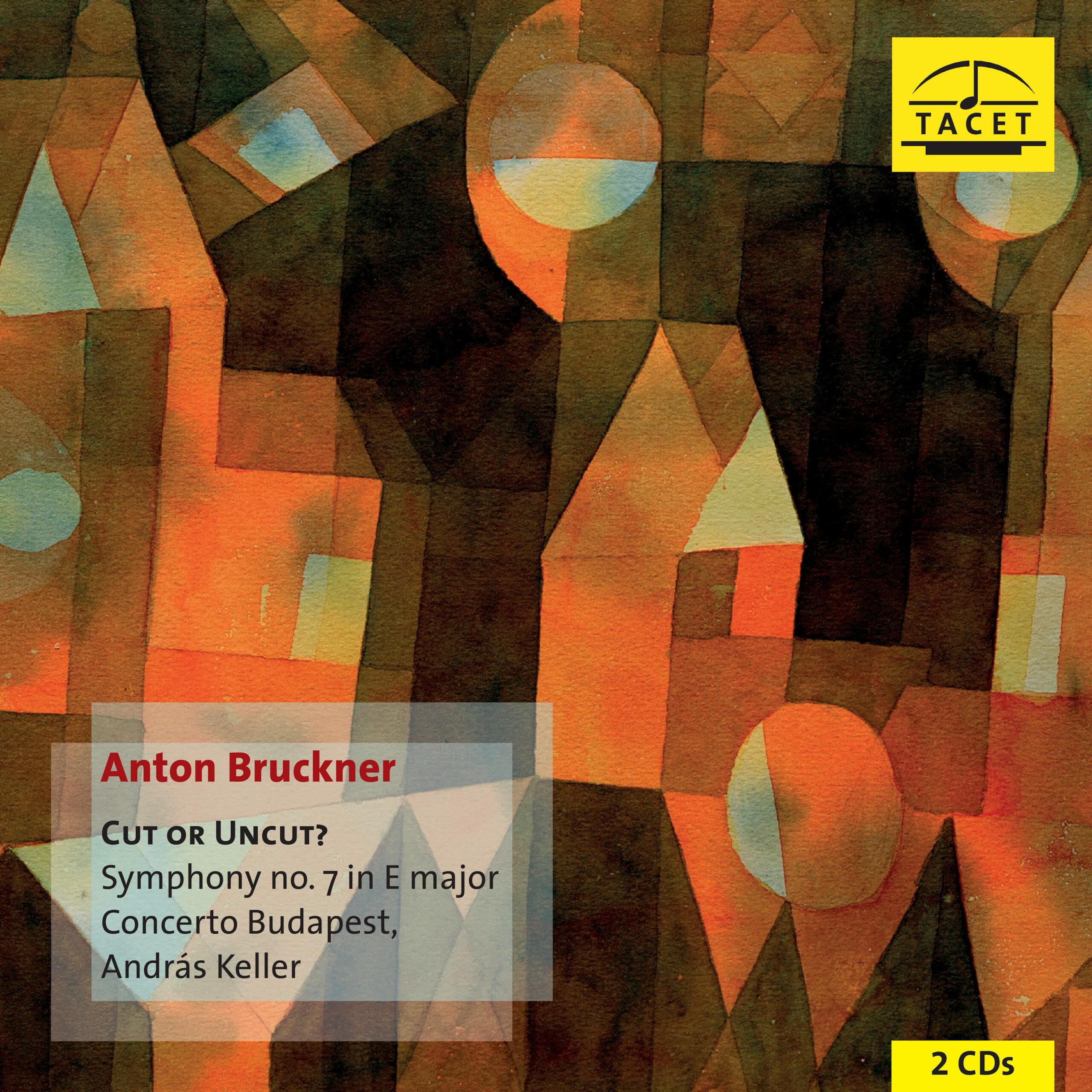

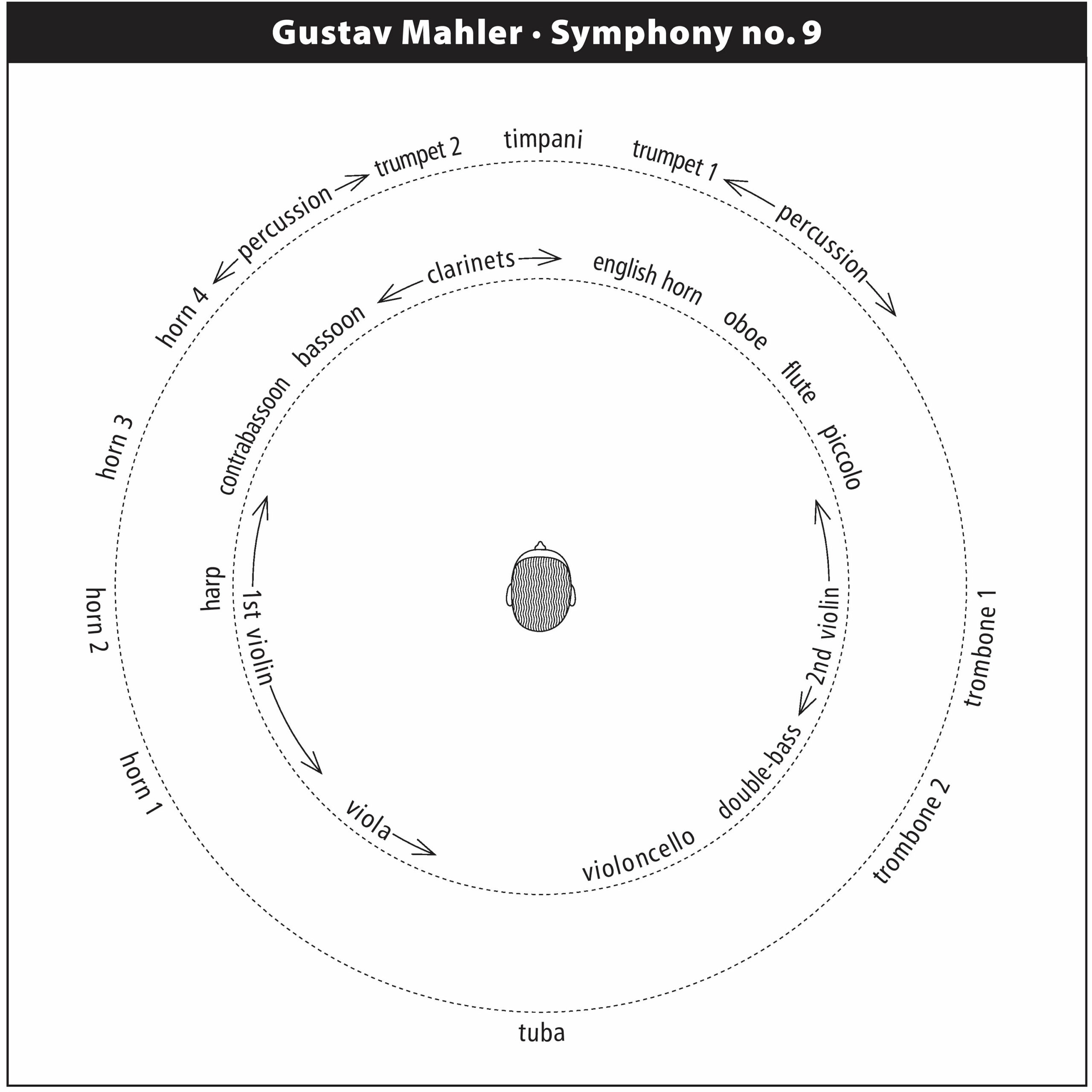
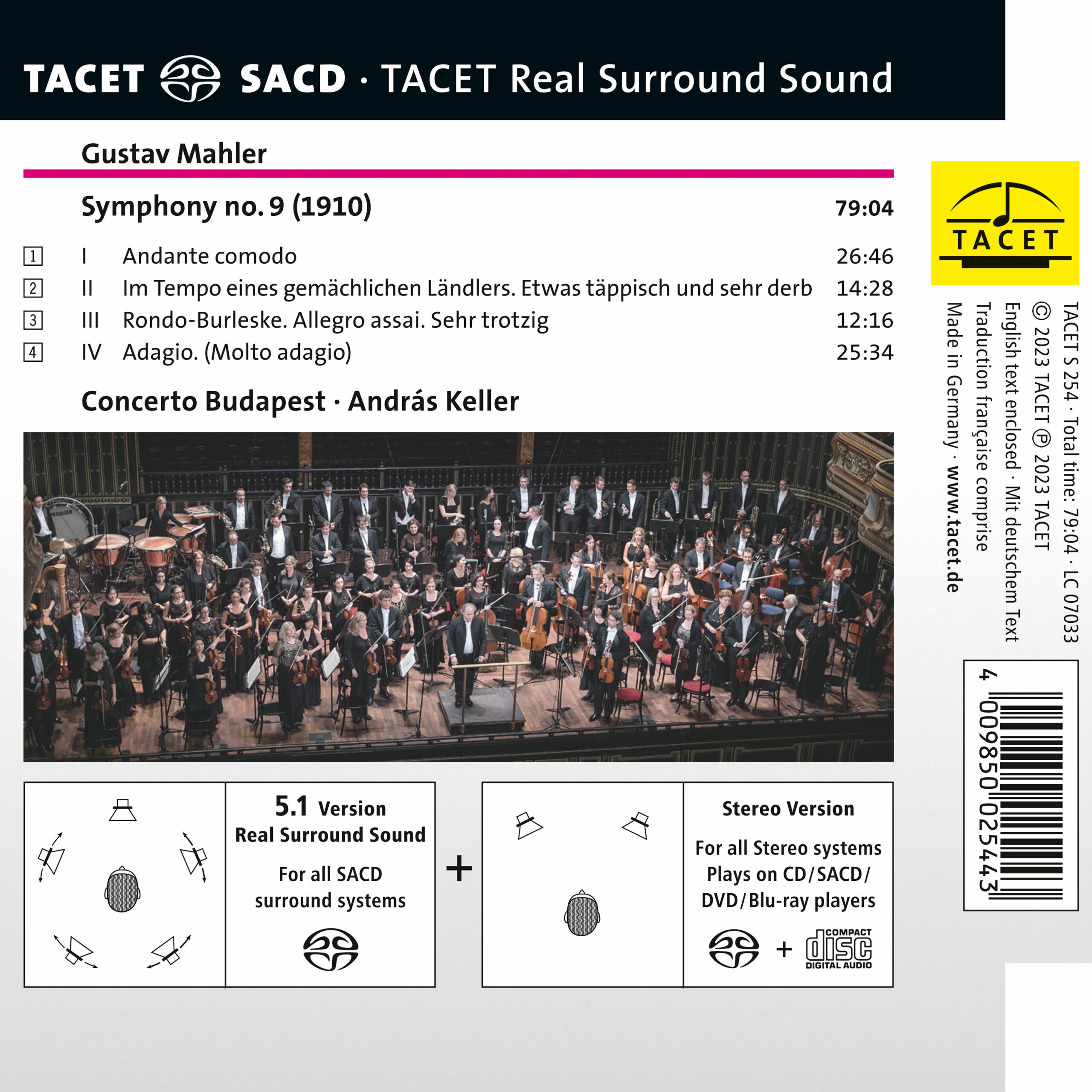


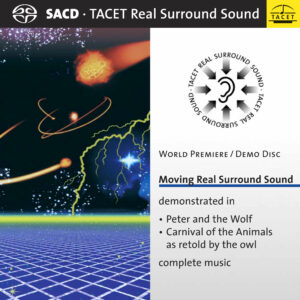
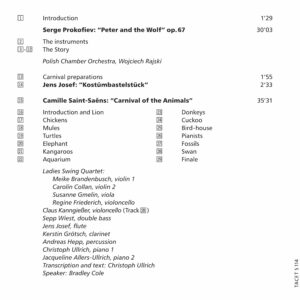
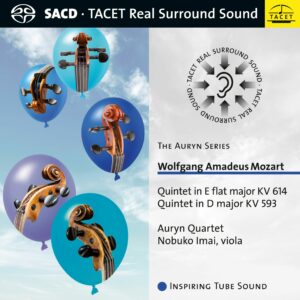
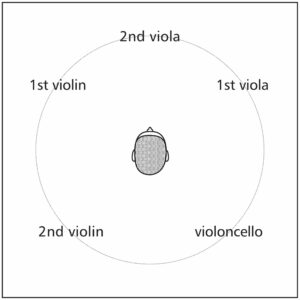
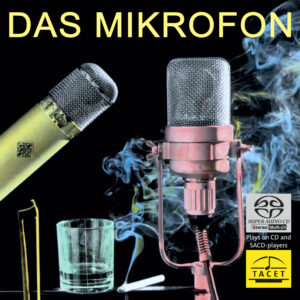
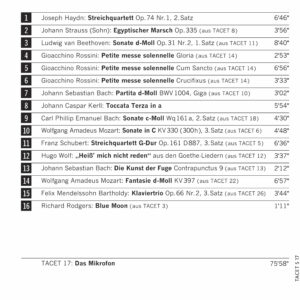

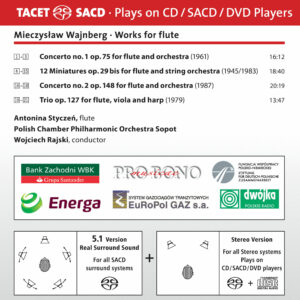
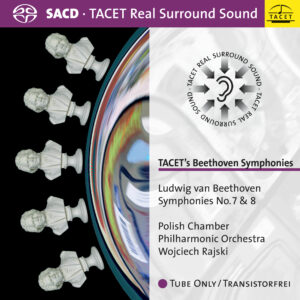
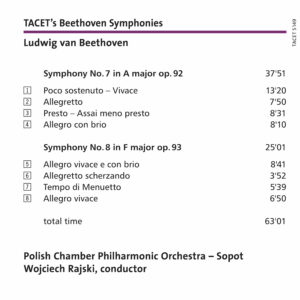
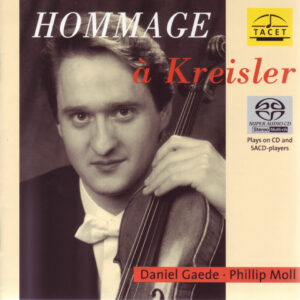
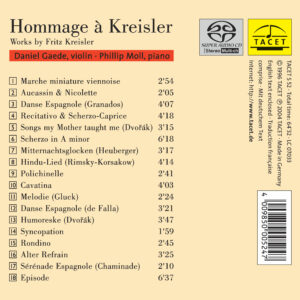
Klassik heute –
--> original review
Artistic quality: 9 out of 10
Sound quality: 10 out of 10
Gesamteindruck: 9 von 10
Gustav Mahler's Symphony No. 9 has a special place in his oeuvre, as it is the last completed work of his large-scale symphonic compositions. In addition, it is a contemporary testimony in which the work deals with the decadence of the time as well as with the disintegration of all values and securities. In terms of music history, it stands at the end of the German-Austrian symphonic tradition and, at the same time, was understood and regarded by Schönberg, for example, as the first work of a new music. As you can see, it is a weighty piece of music that Concerto Budapest under the direction of András Keller deal with on their recording for the Tacet label.
Mahler's Ninth is interesting not only in terms of its significance in the context of music history, but also in terms of the music itself: For the first time in Mahler's oeuvre, a symphony does not have a key signature, because this also changes frequently in the various movements and sometimes a tonal center is difficult to discern. The first movement is a mixture of classical sonata form and a variation form, in each of which two thematic complexes are varied. Already in the exposition Mahler introduces all the motives and has them introduced by groups of instruments that might not otherwise be so common in this function. Thus the harp, a muted horn, or even the violas come into play here before the violins finally introduce the main theme. Early on, the voices are joined by the opposing voices, making even the first movement very complex. Nevertheless, Concerto Budapest under the direction of András Keller succeeds in creating a certain transparency.
Bedeutsames Werk in gelungener Umsetzung
The same is true of the second movement, a scherzo with the beautiful title: "In the tempo of a leisurely country dance, somewhat clumsy and very coarse. Here, the winds are especially convincing at the beginning, with the strings quickly joining the clumsy dance. The contrasts between the peasant Ländler and a rushing waltz and a third, very slow Ländler are successfully realized by the orchestra with the courage to go to extremes. The third movement, a rondo-burlesque, also succeeds very well in its complexity for the orchestra. Here the movement fluctuates between sometimes quite delicate and simple melodies to very complex and intricate contrapuntal sections. Here, too, the orchestra and conductor are convincing in their realization, both in the very large sound and in the sections in which voices emerge soloistically. The final movement, which is rather unusual as an Adagio, also begins convincingly in its string sound. Here, the string section introduces the theme, which is very reminiscent of a chorale in its ductus. This is juxtaposed and increasingly interlaced with another theme that emerges in the winds. In the course of the movement, the choral theme is increasingly deconstructed - at the end, in the part that Mahler wishes to be even slower, the theme successively dissolves. Thus Mahler's last complete symphony ends somewhat irritatingly, yet it is an important musical testimony of the period around 1910. Concerto Budapest under András Keller is also convincing in the final movement. A successful realization of the work, which additionally wins through the Real Surround Sound.
Verena Düren
Audio –
Hungarian András Keller approaches his part-countryman Mahler on a very emotional, passionate level. In particular, the two mournful corner movements of his last completed symphony allow Mahler to feel premonitions of death. The way the last movement, the Adagio of the Ninth, virtually dies away, is gripping to the core. The fascinating recording in "Tacet Real Surround Sound" contributes to this, placing the listener in the midst of the orchestra in a completely unfamiliar soundscape. The stereo track of the Hybrid SACD, also recorded in "Inspiring Tube Sound" with tube equipment, does not come close to this gripping immersiveness, but it also sounds fantastic.
Lothar Brandt
HRAudio.net –
--> original review
András Keller and his Concerto Budapest undertook a most successful UK tour in 2022, one that garnered a considerable number of very enthusiastic press reviews, so this latest release on the Tacet label by these artists of a symphony as challenging as Mahler’s Ninth is worthy of attention, even in a catalogue bursting with rival versions of this work on CD, SACD and Blu-ray discs.
Founded in 1907 as the Hungarian Symphony Orchestra, Concerto Budapest adopted its present name a century later. For the past 15 years András Keller has been the orchestra’s Artistic Director and Chief Conductor and, while building on the orchestra’s historic legacy, he has attracted many of Hungary’s foremost young chamber music players to its ranks. Keller is a musician of vast experience and as well as the founder and leader of the String Quartet that bears his name, he was leader of the Budapest Festival Orchestra from 1984 to 1991.
Keller’s account of the Symphony, recorded in the Italian Institute, Budapest in December 2018. is straightforward and free of any mannerisms that might be distracting on repeated listening. His speeds for each of the four movements are well judged and the total timing of 79.04 is close to the average for the piece, eschewing the extremes of, for example, Chailly with the Concertgebouw Orchestra (89.50) and MTT (89.27).
Der Eröffnungssatz (26.46) ist gemächlich, im Einklang mit der Bezeichnung „Andante comodo“ des Komponisten, aber es gibt ein angenehmes Gefühl der Vorwärtsbewegung mit einem sparsamen Gebrauch von Rubato und Portamento, während die Höhepunkte mit angemessener, schicksalsschwerer Kraft vorgetragen werden – nicht zuletzt dank der beeindruckenden Bläser- und Schlagzeuggruppen des Orchesters. (Da es sich um eine 5.1-Kanal-Aufnahme handelt, werden diejenigen, die einen Subwoofer verwenden, feststellen, dass die tiefen Töne der Basstrommel und die sanften Tamtam-Schläge sehr aufschlussreich sind).
Keller fängt die Parodie, die in Mahlers „rustikalem Ländler“ (14.28) enthalten ist, brillant ein und ermöglicht es dem Zuhörer, die vielen hervorragend artikulierten Holzbläsersoli in einem Satz zu würdigen, der in den falschen Händen zu langatmig werden kann. Das darauf folgende Rondo-Burleske (12.16) verlangt von jedem Orchester ein Höchstmaß an Virtuosität, und Kellers Musiker stellen sich dieser Herausforderung. Er macht keine Zugeständnisse an die mögliche Unvertrautheit seiner Spieler mit dieser Musik und treibt sie mit beträchtlicher Dynamik voran, ohne dabei die Klarheit zu verlieren, selbst in den furiosen Schlussseiten.
The final Adagio (25.34) is for this listener the apogee of Keller’s performance. He allows the strings of Concerto Budapest their head and they respond with playing of considerable intensity and richness supported by an equally impressive horn section. After the final climax the gradual descent to silence is beautifully controlled as the closing pages totter to the edge of audibility.
Of course it would be wrong to suggest that the young players comprising Concerto Budapest have quite the same suppleness of phrasing, unfettered virtuosity or sharpness of attack as that found on many of the innumerable recorded performances of Mahler’s Ninth Symphony by the world’s finest orchestras from say Vienna, Berlin, Amsterdam, New York and, of course, Budapest, but their playing is both characterful, cultivated, expressive and clearly committed.
Keller is on record as saying that his idea in symphonic music is to have 70-80 people playing chamber music with each other and singing together like a polyphonic choir and that all instrumental music is a kind of transformation of human singing. Few would argue that this lucid and involving Mahler performance represents a clear confirmation of his view.
Diese Aufnahme wurde in dem von Tacet entwickelten „Real Surround Sound“ aufgenommen, der alle verfügbaren Kanäle in einem ausgewogenen Surround-System nutzt, um ein umfassendes Musikerlebnis mit dem Zuhörer im Mittelpunkt zu bieten. Für einige ist dies zu kontrovers, für andere bietet es eine einzigartige, wenn auch ungewöhnliche Perspektive auf die Musik. Es sollte auch darauf hingewiesen werden, dass Tacet eine Stereoversion (2-Kanal) auf der Disc anbietet, falls das 5.1-Surround-Erlebnis nicht nach Ihrem Geschmack ist.
In all respects this is a recording well worth investigating.
Copyright © 2023 Graham Williams and HRAudio.net
Pizzicato –
-> original review
Immersive Neunte Mahler
In this surround recording, Andras Keller may conduct, but for the listener, the Tacet team is no less important to the final result. I’ve heard many a Tacet recording in real surround, but this one allows for a particularly immersive experience because it enhances the expressive variety of the music, makes the individual gestures clearer, emphasizes the unexpected and the grotesque. The listener sits in the middle of the orchestra, which is placed around him, trumpets and percussion in front, wood one row in front, that is, directly in front of the listener, while the strings sit just as directly behind him. On the outside left are the horns, on the outside right the trombones and in the back the tuba. This results in a very special, unusual sound image, but one that makes Mahler’s language very clear to one.
In the first movement, one senses the desolate and Mahler’s forebodings of death; in the second, the Täppisch-derbe of the Ländler is expressed in the best possible way.
The Rondo-Burleske comes across as very tomboyish, and in the music’s determination to seem positive, it then becomes clear that it is all just forced facade, gallows humor, as Mengelberg put it. The opening of the last movement immediately sweeps us back into the world of farewell that this symphony must have meant to Mahler, especially in this Adagio finale, which Keller makes glow and then die in twenty-five and a half minutes. In this movement, too, the musical dive is highly intense, the death around you deeply poignant, especially when you experience the music with your eyes closed, as if in a tunnel of sound: music for a perfect passagio.
Remy Franck